I am new to Hidden Markov Model. I understand the main idea and I have tried some Matlab built-in HMM functions to help me understand more.
If I have a sequence of observations and corresponding states, e.g.
seq = 2 6 6 1 4 1 1 1 5 4
states = 1 1 2 2 2 2 2 2 2 2
and I can use hmmestimate function to calculate transition and emission probability matrices as:
[TRANS_EST, EMIS_EST] = hmmestimate(seq, states)
TRANS_EST =
0.5000 0.5000
0 1.0000
EMIS_EST =
0 0.5000 0 0 0 0.5000
0.5000 0 0 0.2500 0.1250 0.1250
In the example, the observation is just a single value.
The example picture below describes my situation.
 If I have states: {Sleep, Work, Sport}, and I have a set of observations: {lightoff, light on, heart rate>100 .....}
If I use number to represent each observation, in my situation each state has multiple observations at the same time,
If I have states: {Sleep, Work, Sport}, and I have a set of observations: {lightoff, light on, heart rate>100 .....}
If I use number to represent each observation, in my situation each state has multiple observations at the same time,
seq = {2,3,5} {6,1} {2} {2,3,6} {4} {1,2} {1}
states = 1 1 2 2 2 2 2
I have no idea how to implement this in Matlab to get transition and emission probability matrix. I am quite lost, what shall I do in the next step? Am I using the right approach?
Thanks!